


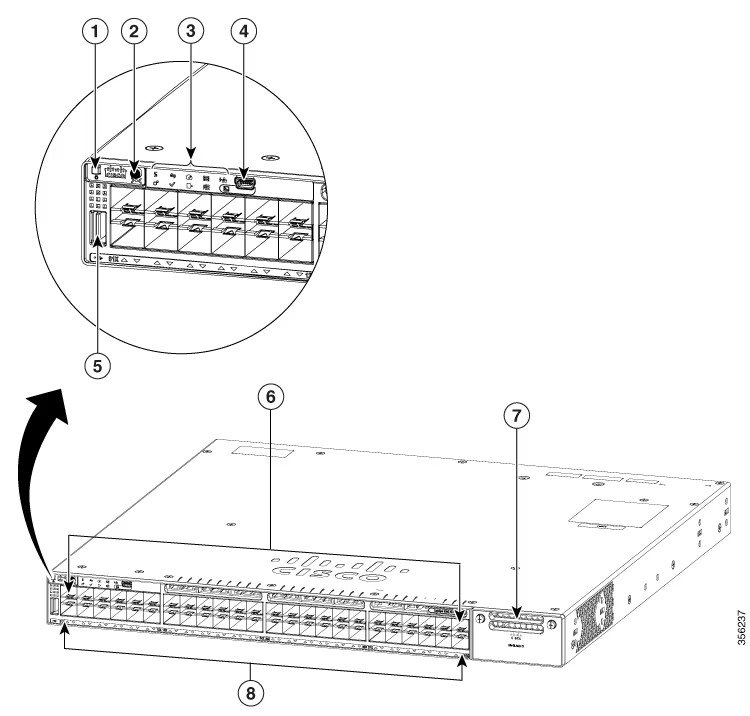

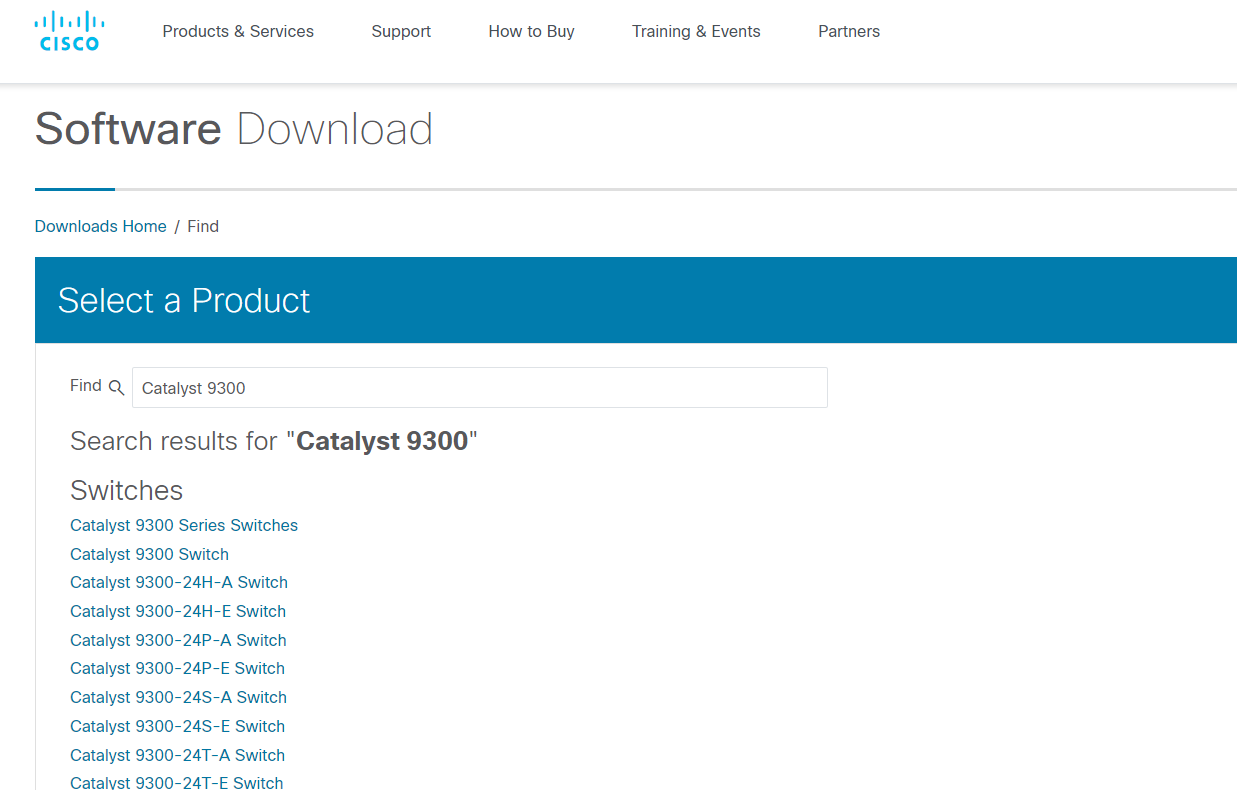
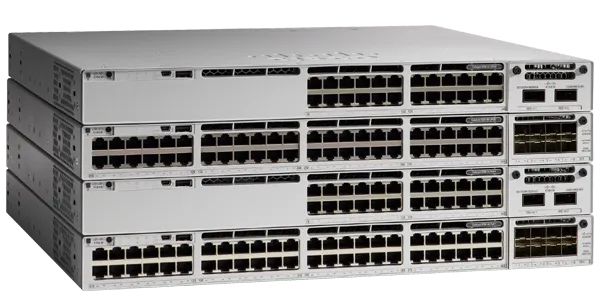

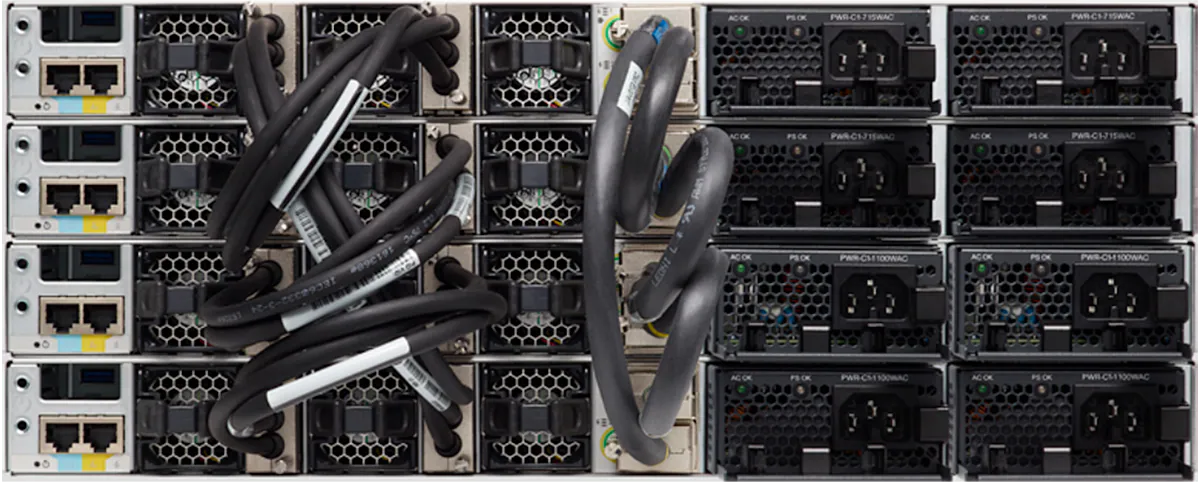
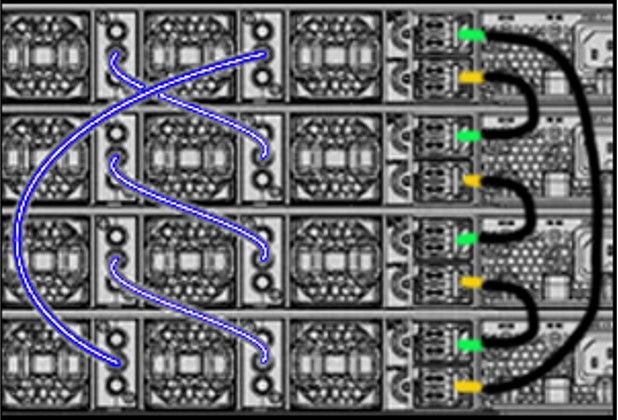

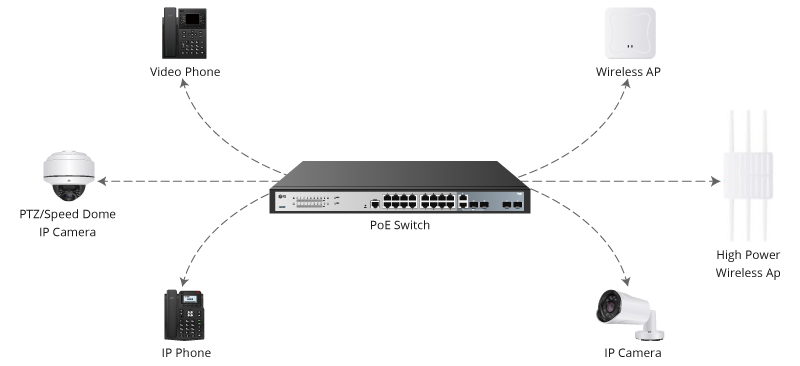

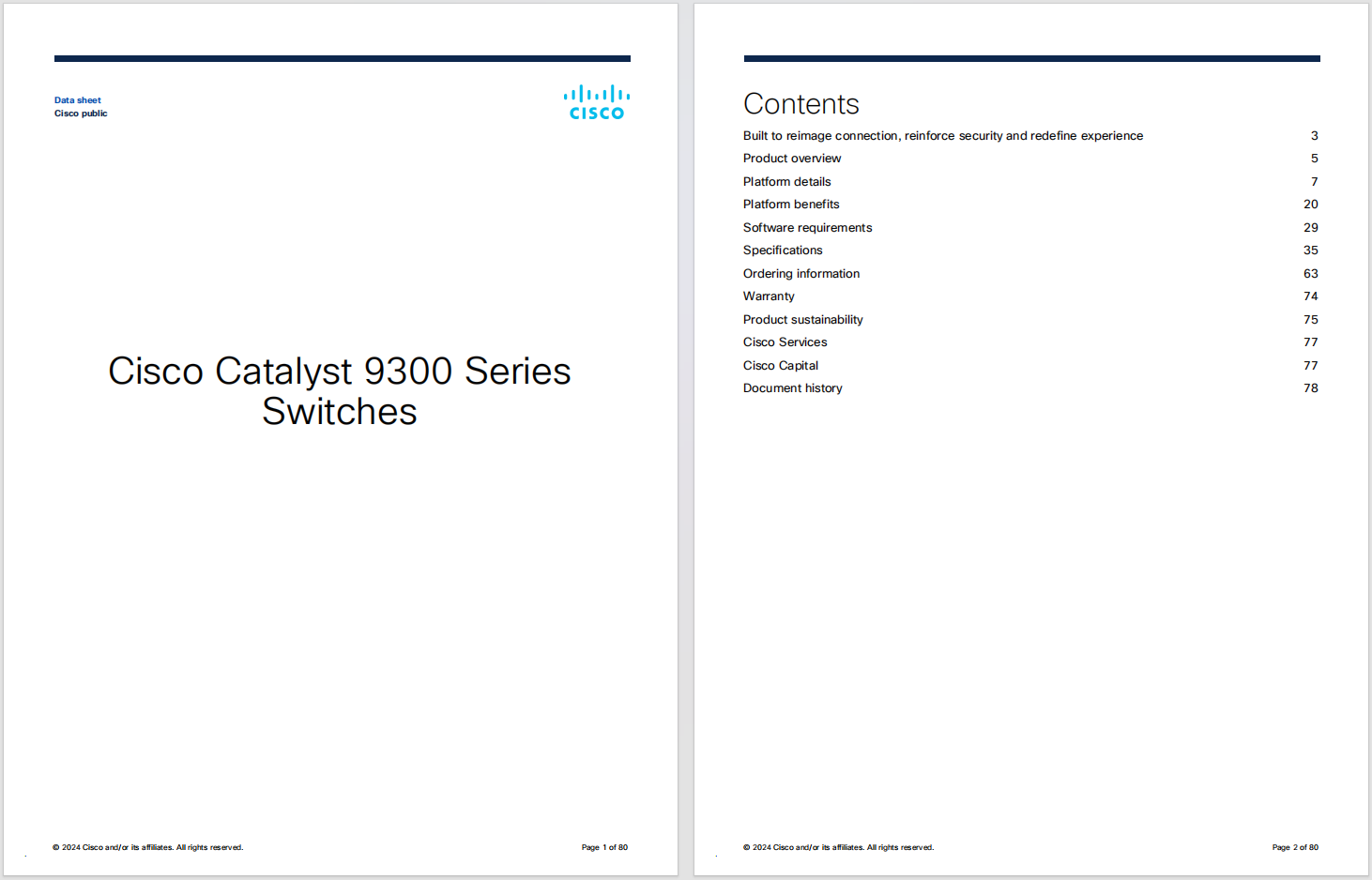



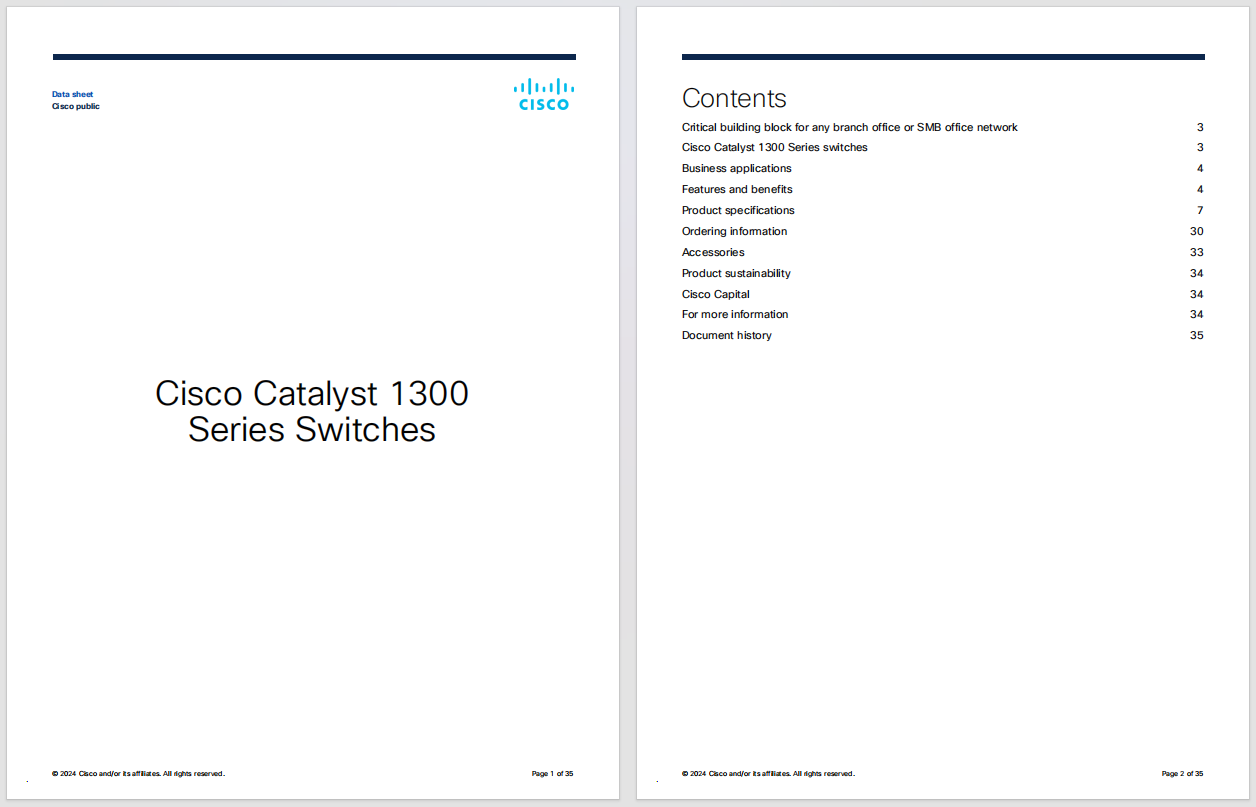





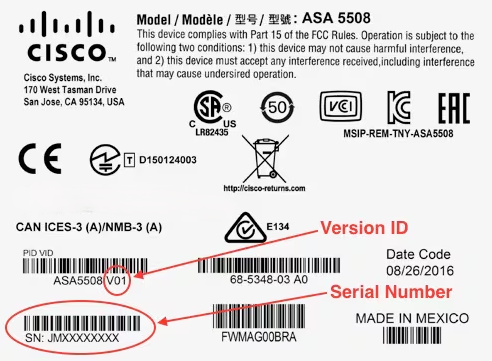




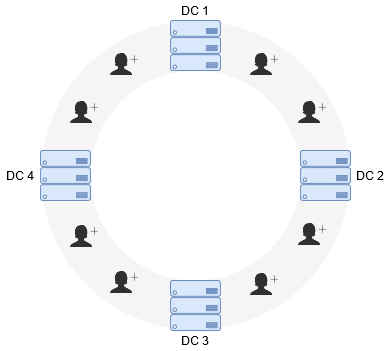



Today I will give an overview of our recent integration between Cisco Data Center Network Manager (DCNM) and Red Hat Ansible to streamline NX-OS fabric deployments.
Traditionally in data center network management, configuration was often a manual, error prone process, with an operator going device by device to make changes, with every change requiring a deep understanding of both the OS specific CLIs as well as an knowledge of the technology and the implications of each CLI change, to attain a desired outcome.
Cisco DCNM is a turnkey solution for NX-OS network-wide workload orchestration and workflow automation, providing everything from Day 0 auto-provision, through Day N configuration changes. The solution is delivered through an easy to use UI for a single point of management for both network configuration and monitoring.
Additionally, operators have begun to understand and embrace the DevOps model to streamline network management. It is now widely accepted that network automation can be leveraged to accelerate network deployment and optimize network operations in a data center.
With the current global COVID-19 pandemic, network teams are being asked to do more with less, all while working remotely.
The importance of automation was highlighted even further in a recent IDC survey[1].
As part of the responses to the survey,
Red Hat Ansible is an open-source solution that addresses challenges from network automation and application deployment, to managing a cloud infrastructure, in order to drive a more efficient IT environment with a simplified toolchain.
Ansible has emerged as one of the most popular platforms to automate and simplify network management tasks and boost cost savings and operational efficiency. Ansible works with many different operating systems that run on Cisco Networking platforms including ACI, IOS-XE and IOS-XR.
For several years now, Cisco has offered industry leading Ansible modules for NX-OS, which have been widely adopted and remain extremely popular to automate and streamline network deployments.
However, customers are increasingly looking to move towards a single point of management for their fabrics, rather than making changes at a device by device level.
Ansible, in conjunction with Cisco DCNM, provides a perfect combination for customers to embrace the DevOps model and accelerate NX-OS deployment, monitoring, day-to-day management, and more. Ansible achieves this goal by leveraging the open APIs of DCNM to automate the most common tasks.
Operational efficiencies made possible by Ansible and Cisco DCNM include the following:

Related links
[1] IDC, COVID-19 & Enterprise Networking: Assessing the Impact, Planning for the Future, Doc#WC20200709, July 2020
 Hot Tags :
red hat
Cisco NX-OS
Cisco Data Center Network Manager
Cisco DCNM
Hot Tags :
red hat
Cisco NX-OS
Cisco Data Center Network Manager
Cisco DCNM